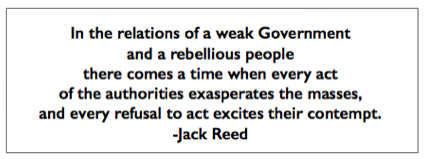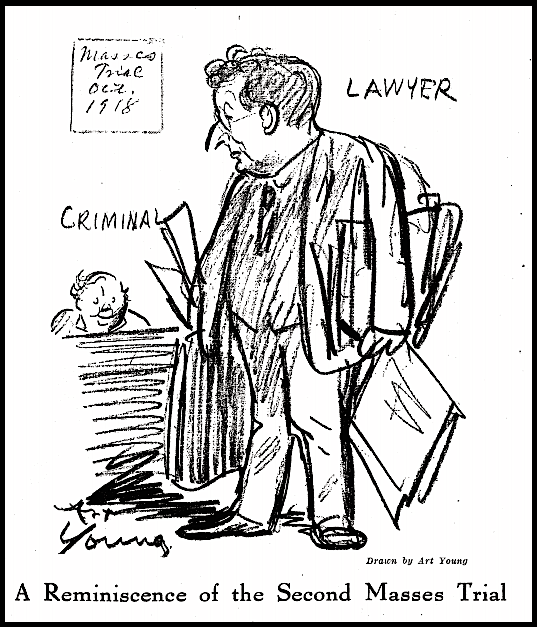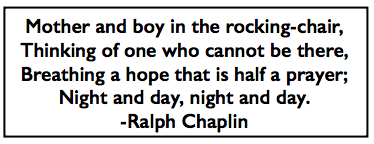 ———-
———-
Hellraisers Journal – Wednesday May 14, 1919
Upton Sinclair Exposes the Barbaric Sedgwick County Jail
From the Appeal to Reason of May 10, 1919:

Hell Holes in America
In the Amnesty Edition of the Appeal I reproduced a circular sent out by the I. W. W. boys, describing the terrible conditions in the Sedgwick county jail at Wichita, Kans. I made no investigation of their statements, but acted on my general impulse to believe the worst about American jails. Those which I have investigated in past times have disposed me to believe that nobody could possibly exaggerate their evils. But soon after this article appeared in the Appeal I received letters from several correspondents who reported that they had complained to the Governor of Kansas about the matter, and had received from him a report of a confidential investigation which he had had made into this Wichita jail. The report stated that conditions in the jail were excellent, and that all the accounts sent out by the I. W. W. were false.
Now the Governor of Kansas, Henry J. Allen, is a progressive politician and a gentle man. I feel acquainted with him from reading “The Martial Adventures of Henry and Me,” by William Allen White-Governor Allen being the Henry” of that book. So I began to feel real bad about what I had published, and made ready to apologize to Governor Allen, and also to the readers of the Appeal for the blunder I had made.
But I studied that report again and noted that the Governor’s investigator denied that the I. W. W. boys had been arrested for trying to call a strike of the oil workers. He said they had been arrested for hindering the prosecution of the war. I have encountered that official bunk so often that I know the type of mind that swallows it.
And then I recalled the many, many times in my life when I had followed the work of official investigators, in cases with which I myself was entirely familiar. I recalled, for example the statement given out about the county jail here in Los Angeles, that the prisoners had had lice brought in and put them on their bodies prior to my inspection! I recalled Major Louis L. Seaman of the United States army, who investigated the Chicago stockyards for Collier’s Weekly, at the time when the Appeal to Reason was publishing “The Jungle.” Major Seaman was a gentleman of undoubted integrity, and he reported that everything was lovely in that inferno of graft. You see, these gentlemen of undoubted integrity have their class point of view, and they let themselves be escorted around, and they only see what they are shown-and even then, most of the time they don’t realize what they are seeing!
So I decided that before I apologized to Governor Allen, I would inquire a little farther. I wrote to Caroline Lowe, a woman who has interested herself in the defense of political prisoners, and asked if she happened to know anything about this particular jail. In reply came a letter which speaks for itself and which I quote:
Regardless of any denial made by the Governor of the State of Kansas, I can testify of my own knowledge that the conditions not only in the Wichita jail but in the jail at the State capitol at Topeka, Kans., beggar description. The rotary tank in the jail at Wichita is a relic of barbarism. I have been in the jail many times and have seen this tank in operation.
Continue reading “Hellraisers Journal: From the Appeal to Reason: Wichita Class-War Prisoners & “Hell Holes in America” by Upton Sinclair” →
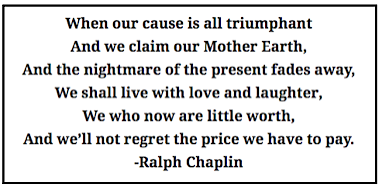 ———-
———-


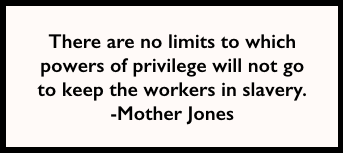 ———-
———-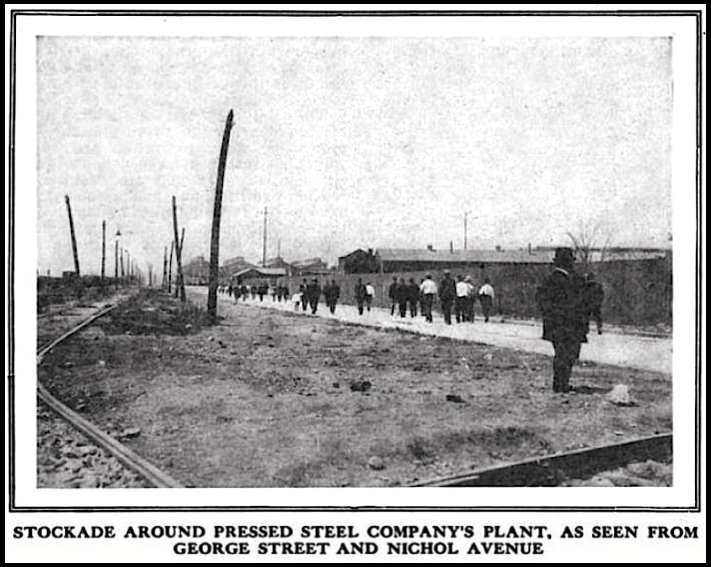 —–
—–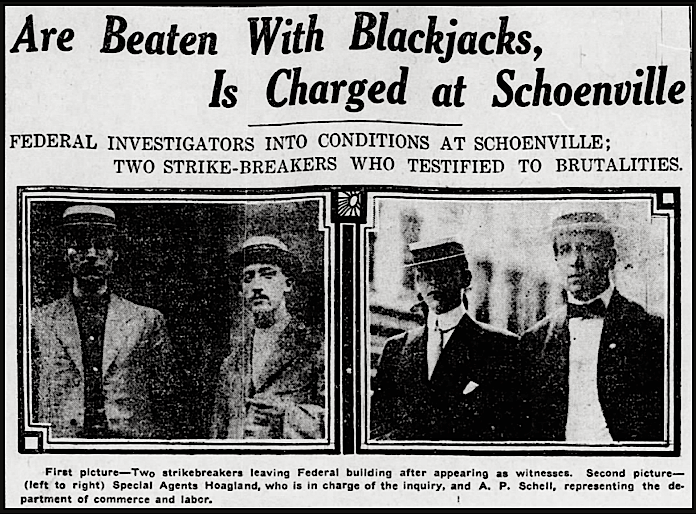 —–
—–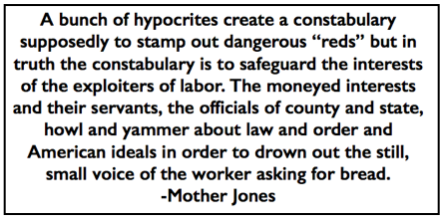 ———-
———-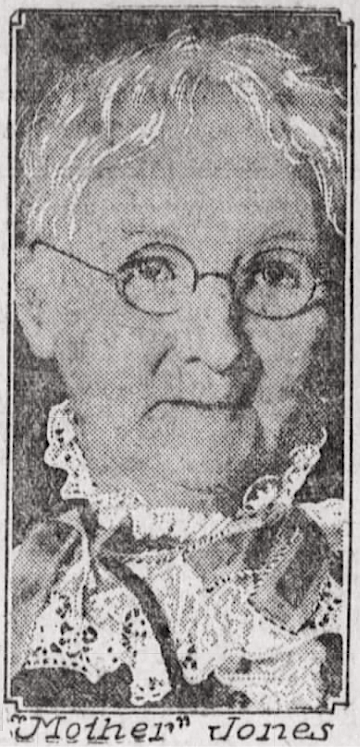
 ———-
———-
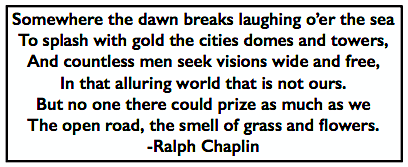 ———-
———-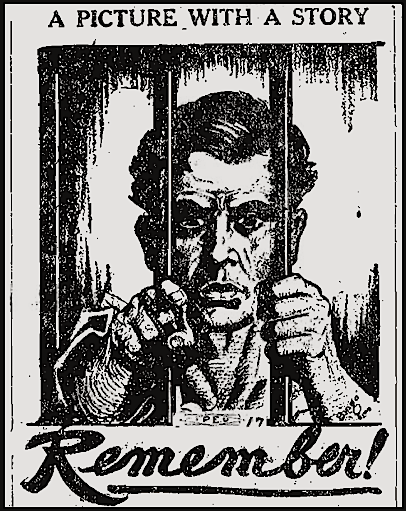
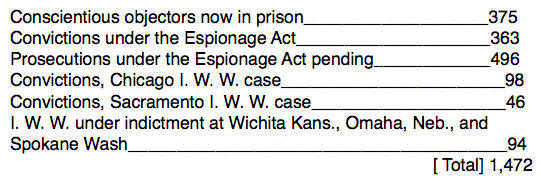
 ———-
———-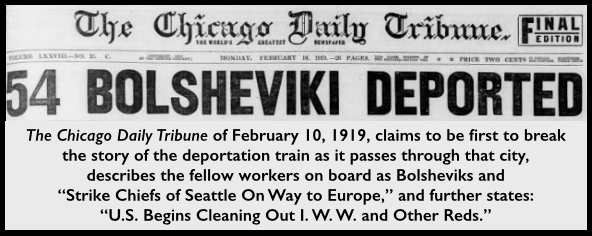 —–
—–